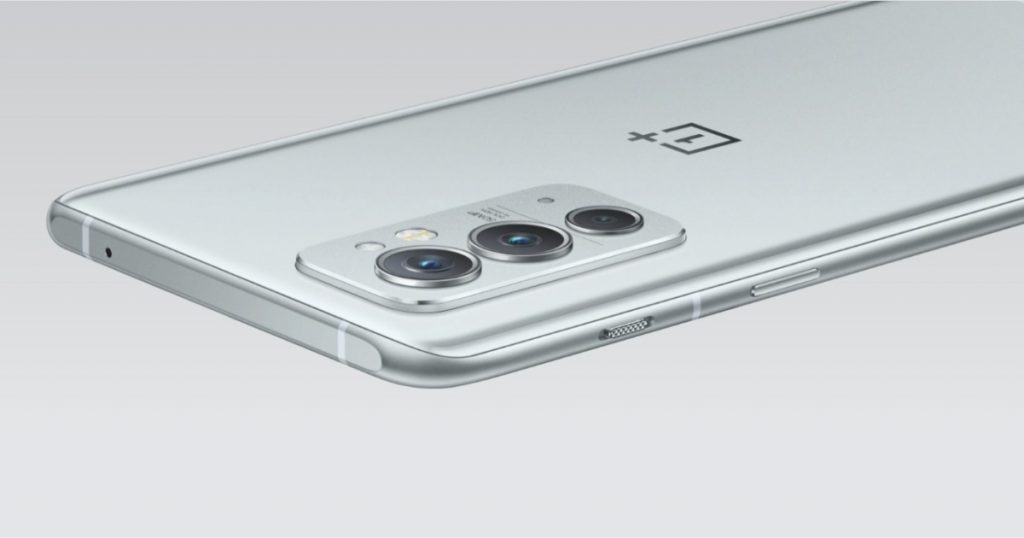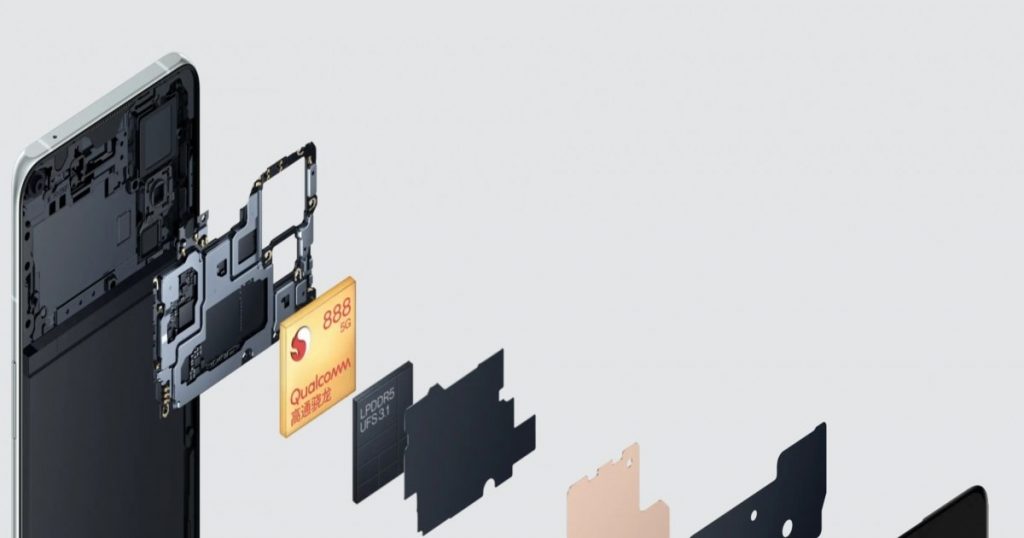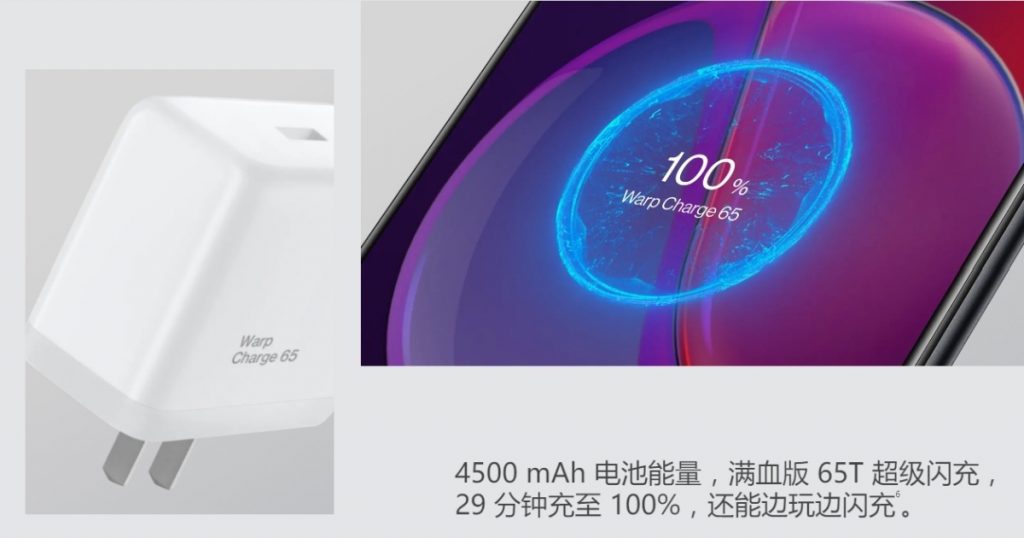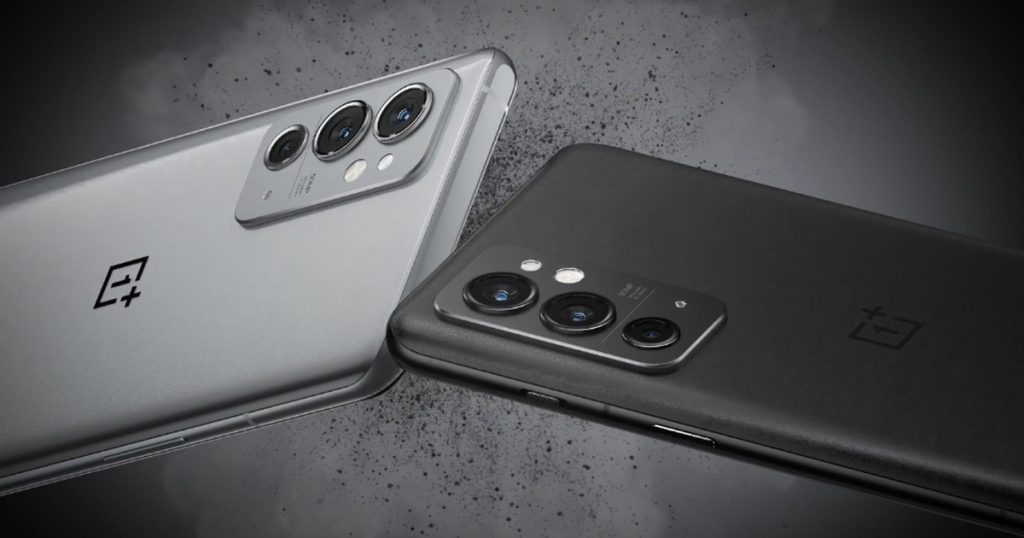Last Updated on October 13, 2021 by Asif Iqbal Shaik
The much-hyped OnePlus 9RT has finally launched today in China. It comes as a minor upgrade over the OnePlus 9R, which was the cheapest phone in the OnePlus 9 family. With the OnePlus 9RT, the company looks to add more value to its entry-level flagship device as the OnePlus 9R was annihilated by devices such as the iQOO 7 and the Xiaomi Mi 11x, which offered similar specs at much lower prices. The OnePlus 9RT addresses some of those major issues but let us have look at whether it creates some more in the process.
OnePlus 9RT Specifications

Subscribe to Onsitego
Get the latest technology news, reviews, and opinions on tech products right into your inboxThe OnePlus 9RT retains the metal-and-glass sandwich construction, albeit with a tweaked design. Thankfully, the company didn’t resort to cost-cutting here as it did with the OnePlus 9, which although costlier, comes with a polycarbonate frame. The handset is fairly slim at 8.3mm thin and weighs about 198.5 grammes. It sports a 6.62-inch AMOLED display (Samsung’s E4 panel), Full HD+ resolution, and can cover 100% of the DCI-P3 colour gamut. The display also features a 120Hz refresh rate and 600Hz touch sampling rate, which aids in gaming. The recently-launched Realme GT Neo also gets the same display. You can read more about it here.

Coming to the heart of the matter, it is now powered by Qualcomm’s Snapdragon 888 processor, which is infamous for its energy-hungry nature. The OnePlus 9R came with a Snapdragon 870 chipset, which is considered one of the more stable flagship processors by Qualcomm in recent years. So, why did OnePlus opt for the Snapdragon 888 anyway? There might be two reasons for this decision. The competition is selling devices with the Snapdragon 870 processor for ₹10,000 to ₹12,000 lower than the OnePlus 9R, and the company wants to make the OnePlus 9RT a better value proposition. The other reason might be that the company is left with a huge inventory of the Snapdragon 888, which it wants to clear out before the next-generation flagship chipset from Qualcomm (tentatively named Snapdragon 898) is released.
The Snapdragon 888 chipset is indeed a performance monster, no two ways about it. But it is plagued with some heating issues, which results in lower sustained performance. Half an hour in an intensive game and you start experiencing some frame drops, especially in phones with less efficient thermal design. This is the reason why competitive gamers have been choosing smartphones with the Snapdragon 870 over the Snapdragon 888. However, OnePlus says that it has implemented the ‘Space Cooling’ technology which promises efficient heat dissipation. During the launch event, it demonstrated a gameplay session of Genshin Impact, the most graphics-intensive game available on Android right now, on the OnePlus 9RT at a room temperature of 50-degrees celsius and with a stable FPS (frames per second) and it performed better than most other Snapdragon 888-powered devices. OnePlus is pitching it as a gaming device, and to reduce latency during gaming, it has three Wi-Fi antennas in its frame. Like all OnePlus flagships, expect the device to come with a USB Type-C 3.1 port, which would be beneficial for game streamers to hook up an Elgato recorder.
For the OnePlus 9R, the major chink in its armour was the camera setup. It came with a 48MP Sony IMX582 sensor, which the company had been using since the OnePlus 7. Using this sensor in a 2021 smartphone and in that price segment was highly unacceptable. Even devices under ₹20,000 come with superior camera sensors. Thankfully, the OnePlus 9RT addresses that and gets a 50MP Sony IMX766 sensor, which was recently used in the OnePlus Nord 2, and as seen in various reviews, it offers a major improvement in low-light photography. The ancillary cameras remain unchanged, though, at 16MP ultrawide and a 2MP macro shooter.

The handset retains the 4,500mAh battery from its predecessor and uses the Warp Charge 65T fast charging technology, which promises to fully charge the phone from a flat battery in just 29 minutes. OnePlus has also added 33W USB-PD (Power Delivery) support to the device, which means even when you are not using a Warp Charge adapter, you can still expect fast charging. The OnePlus 9RT runs Android 12-based Color OS 12 in China.
OnePlus 9RT Price, Availability

The OnePlus 9RT price starts at CNY 3,299 (₹38,500) in China for the variant with 8GB RAM and 128GB storage. The variant with 8GB RAM and 256GB internal storage costs CNY 3,499 (₹41,000) and the variant with 12GB RAM and 256GB storage is priced at CNY 3,799 (₹44,500). OnePlus China is offering a CNY 100 discount as a launch offer across all variants. Expect prices to start at ₹39,999 when it reaches Indian shores sometime later this month or early next month. The phone is available in three colour variants: Blue Sky Enchantment, Dark Matter, and Hacker Silver.


Discussion about this post